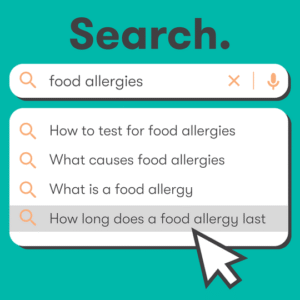
A vibrant, white smile not only signifies excellent dental hygiene, but it also reflects the importance of diet in maintaining the natural color of our teeth. While regular brushing and professional dental visits are crucial, the foods and beverages we consume can significantly influence the appearance of our teeth. Understanding how diet relates to tooth color is essential for anyone seeking a brighter smile.
The Impact of Diet on Tooth Discoloration
Tooth color is affected by both internal and external factors. Intrinsic discoloration happens within the tooth structure and may be associated with aging, genetics, or certain medications. Extrinsic staining, however, occurs on the surface enamel and is largely influenced by lifestyle choices, particularly dietary habits.
Specific foods and beverages are notorious for causing noticeable stains. Dark drinks such as coffee, tea, and red wine are common offenders due to their intense pigments and tannins that cling to enamel. Even lighter beverages like white wine can contribute to discoloration because their acidity can weaken enamel and increase vulnerability to stains.
Foods high in sugar and acidity also pose threats. Soft drinks, sugary snacks, and processed foods can lead to plaque buildup, trapping stains and making teeth appear yellow or dull. Acidic options like citrus fruits and tomatoes, while nutritious, can erode enamel over time, creating a rough surface that attracts stains more easily. Furthermore, highly pigmented foods like soy sauce, balsamic vinegar, and spices such as curry can lead to long-term discoloration when consumed frequently.
Foods That Promote a Brighter Smile
Despite some foods causing stains, others can help maintain a whiter smile. Crunchy fruits and vegetables, such as apples, carrots, and celery, assist in oral hygiene due to their fibrous texture acting like a natural scrub, which helps clean teeth and stimulates saliva production. Saliva is essential for neutralizing acids and washing away food particles, thus lowering the risk of staining.
Dairy products like cheese, milk, and yogurt are also advantageous. They are rich in calcium and phosphorus, which help strengthen enamel and promote its natural repair mechanisms. Additionally, casein protein in dairy helps protect tooth surfaces, further lessening the likelihood of stains.
Nuts and seeds play a helpful role in maintaining whiteness as well. Their slightly abrasive nature aids in removing surface stains without damaging enamel. Almonds, walnuts, and sunflower seeds are particularly effective for this purpose.
The Importance of Whitening Toothpaste
While a diet conducive to oral health is crucial, it’s often impractical to completely avoid all staining foods and beverages. Therefore, incorporating a high-quality whitening toothpaste into your daily routine can significantly enhance and maintain tooth brightness.
Whitening toothpastes are specifically formulated to tackle extrinsic stains by using gentle abrasives and active whitening agents. These products effectively lift surface stains without harming the enamel. Some also contain ingredients that help remineralize enamel, offering long-term protection against discoloration. When complemented by a tooth-friendly diet, whitening toothpaste can be an effective tool in preserving a brilliant smile.
For best results, it’s advisable to brush twice a day with a whitening toothpaste, focusing particularly on areas prone to staining. Rinsing with water after consuming dark or acidic foods can further mitigate their adverse effects on tooth color.
Best Practices for a Whiter Smile
Maintaining smart dietary habits alongside good oral hygiene practices is essential. Drinking plenty of water throughout the day helps rinse away food residues and reduces acid exposure. Chewing sugar-free gum can also enhance saliva production, providing natural protection against stains.
In addition to using whitening toothpaste, individuals should maintain a consistent brushing and flossing regimen. Regular dental check-ups are also vital, as professional cleaning can remove stubborn stains that home care may not tackle effectively.
Instead of completely avoiding staining foods, limiting their consumption is a more practical approach to preserving your smile. For example, using a straw when sipping coffee can minimize contact with teeth, while rinsing afterward can further reduce staining risks.
A brighter smile results from thoughtful dietary choices combined with professional care. While some foods contribute to discoloration, others support enamel health and promote a whiter appearance. By adopting healthy nutritional habits along with the regular use of quality whitening toothpaste, individuals can effectively combat stains and achieve a long-lasting radiant smile. This holistic approach not only enhances the visual appeal of your smile but also leads to improved overall oral health.








